|
For a student only beginning to discover new injury prevention concepts, finding something easy to relate to is an important first step. For example, the potential negative impacts of a hazard could be easily associated with the functioning of our five senses. In this way, the student can nurture a basic understanding of injury prevention. "What can I see, hear, smell, taste, and touch that might be effected by hazards in my environment?".
This is why our "Hearing Protection Training" is placed among the four foundational courses in the "Career Safety Education" series, to be taken before any other industry specific safety courses. Because, why would we train for specific hazardous environments before we have learned to protect our five senses in everyday environments?
With K+S Potash Canada committing to support Hearing Protection Training, we took a trip out to K+S Potash Canada's Bethune Potash Mine Site to get a sense of how they put hearing protection concepts into practice at their cutting edge facility. As we learned, no effort is spared during their quest to create a safe & healthy workplace.
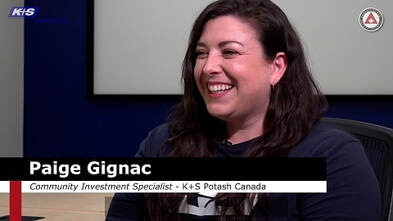 Page Gignac represents K+S Potash Canada as they support community efforts Page Gignac represents K+S Potash Canada as they support community efforts
Paige Gignac is a Community Investment Specialist for K+S Potash Canada, as well as the host of our site tour of the Bethune Potash Mine. We learned that at K+S, safety doesn't end at the workplace.
"Its really important that our employees are safe at work, so they can go home to their friends and families, and really participate in the growth of their own communities, ultimately making the community safer for everyone." 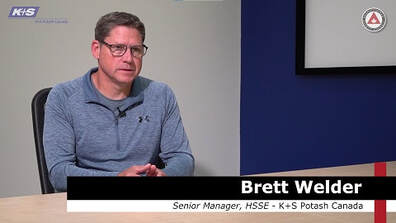 Brett Welder shared his experience with prior safety training, and how that eases the onboarding process when taking on new workers. Brett Welder shared his experience with prior safety training, and how that eases the onboarding process when taking on new workers.
Brett Welder is a Senior Manager in HSSE at K+S Potash Canada. "That Basic Knowledge just gives us something to build upon." he said about new workers who have taken the SSC's Hearing Protection Training. Brett told us that "It does give them the basic backgrounds when you are introducing topics like hazard awareness, hazard recognition, PPE, things like that. They already have that base knowledge, so you don't have to start from scratch."
For sponsoring youth injury prevention programs such as hearing protection, we thank K+S Potash Canada for all they do. Leaders like Paige and Brett promote the use of Career Safety Education and leverage the programs as part of their onboarding process, thereby ensuring new workers enter their chosen industries with foundational safety knowledge.
What does injury prevention mean to your organization? Learn more about sponsorship below:
The Saskatchewan Safety Council Hearing Protection course reveals that noise is, in fact, a controllable hazard with the proper training and safety measures in place. By understanding how to control it, and protect yourself, you will significantly decrease your risk of injury and hearing loss.
Register Here for Free Training Mental Health Wellness Resiliency - The Council's Foray into the World of Inflicted Injuries8/31/2023
Historically shrouded in various stigmas and often received with discomfort and hesitancy, "Mental Health" has transitioned from being a term used only in the complex world of psychology and healthcare to a more prominent everyday topic of conversation.
As a result of more frequent exposure, healthy discussions pertaining to one's mental well-being are slowly becoming more common in Saskatchewan, especially in relationship to health and safety in the workplace. Access Training: https://www.sasksafety.org/online.html
As is the case with any trending topic, public awareness campaigns from large corporations and countless social media strategists have arrived to capitalize on the wave of attention. And while the arrival of mental health awareness is of course a good thing, how will caregivers, educators, and employers wade through the masses of testimonies, advice, and related solutions?
The Council proposes, after expert consultation, research, and development, that the skill of resiliency is the critical first step in developing a mental health foundation. Resiliency in this context means the ability to recover quickly, respond to challenges, and maintain poise through the hardest of times. Building the skill of resiliency is what we seek to inspire with the “Mental Health Wellness Resiliency” course.
This new course seeks to inspire resiliency in it’s participants by examining the perspectives of different people who have found ways to focus on healing that ultimately builds resiliency. Hosted by award winning author, speaker, and mental health expert Allan Kehler, and featuring Saskatchewan residents who share their stories, struggles, and healing journey, the Council’s content specialists combine digital graphic arts, interviews, statistics, and hosted lectures to develop an immersive and engaging learning experience.
It is an introduction to a broad topic, to start our minds on a journey of understanding what it means to be mentally healthy.
Along the way, learners are given numerous challenges to work into their daily routines that will further strengthen their health and ability to withstand the pressures of the everyday world.
This learning program has been led by Saskatoon’s Allan Kehler. Allan is one of Canada’s most sought-after experts when it comes to the topic of mental health and wellness. He has stood on more than 500 stages and is the bestselling author of four books.
Together with Allan, two subjects share their personal stories, struggles, triumphs and defeats on their journey in becoming mentally healthy. 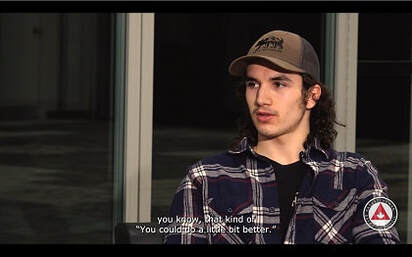
Jaxon, aged 17, has grown up in the Kenaston, SK area his entire life. After experiencing struggles in dealing with anger, isolation, and depression, Jaxon made the decision to reach out for help. Now, Jaxon employs various healthy strategies in understanding himself and those around him.
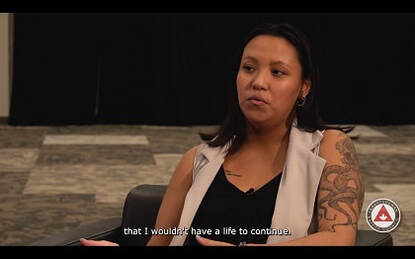
After suffering from domestic violence in an abusive relationship, Kayleigh made the bold decision to leave her old life behind. Sharing cultural teachings passed down to her, paired with other healthy tactics she has learned along the way, we learn how a self-discovery and self-improvement journey is never over.
It's time that Mental Health training smashed through the buzzwords. “Mental Health Wellness Resiliency” features real Saskatchewan stories, from real Saskatchewan people. Breaking down real problems, and discovering real solutions. Resiliency is what we seek to inspire.
Access Training: https://www.sasksafety.org/online.html Is charitable community injury prevention something your organization values? Consider sponsoring the Council as we create free resources to combat preventable injuries in Saskatchewan: https://www.sasksafety.org/sponsorship-support-levels.html Thanks to sponsors and volunteers, the fourth annual Cade Sprackman Safety Day took place at Hudson Bay Community School on May 30th, 2023, organized by Saskatchewan Safety Council. The entire K–12 school engaged to learn about injury prevention and honour Cade. Cade Sprackman grew up in Hudson Bay, SK, with his sister, two brothers, and loving parents. Cade had a driven love and passion for arts and cinema. He aspired to be a cinema director one day, after completing post-secondary education. On January 27th, 2015, only 3 weeks into a new job, Cade was involved in a workplace incident and was killed. He was only 18 years old. “People would share stories with me that he could light up a room and make everyone smile. As a young adult when he moved to Saskatoon, he couldn’t wait to get into the city and start his life. He was 18 years old and killed at the worksite”. “I will never forget the night the RCMP came to the door with the news that Cade had died. All they could tell me was that it was an industrial accident that had happened at work. They knew no details”. - Michelle Sprackman, Cade’s Mother To kick things off the day of, Aleece Anderson, currently an educator at Hudson Bay Community School shared a few words. As a close friend, who grew up with Cade, she shared how losing a close friend can impact your life, and why it is important to take safety seriously while on the job. Her story was followed by comments made by four attending representatives from Weyerhaueser Company Limited. After presentations, all attending youth participated in an Amazing Safety Quest, a non-timed, station-based obstacle course. The goal of this highly interactive educational activity is to, on a topic-by-topic basis, inform young and new workers of the extreme importance of workplace safety. Participants watched demonstrations and took part in activities where they learned about agriculture safety; ATV safety; Powered Mobile Equipment safety; trades and industry specific safety (fall arrest, construction, power tool awareness, PPE safety); water safety; hazard recognition; mining and forestry safety; electrical safety; CPR; AEDs and the hazardous affects of distraction. The safety demonstration stations were run by volunteers, many of whom attended to represent local area businesses. The event was participated in by:
To capture the event, CTV Yorkton shared an excellent article on why the Cade Sprackman Safety Day event takes place and why more should take place across Saskatchewan. Local Hudson Bay newspaper, the Junction Review also featured the event, sharing that the event was deemed a success. Amanda Wood, Community Relations Coordinator with the Saskatchewan Safety Council shares her thoughts, “This event is near and dear to my heart. Working closely with the staff at Hudson Bay Community School and the Spackman’s. When we plan this event each year, the community comes together to make sure the event is a huge success. This year, we had new experiences for the students to engage in. Something new to try and learn and be informed of the safety measures for a variety of different industries. Safety is important in any workplace, even in our everyday lives, safety must be a top priority. The feedback received by the students and educators was outstanding, being quoted the best one yet! Students were engaged and enjoyed the hands-on activities throughout the event. I’d like to thank the volunteers, educators, local businesses, and organizations who travelled to be a part of the event. It truly does take the support and expertise of everyone coming together to create a province of safety excellence! A tragic incident took place, we lost the life of a young man who had the whole world ahead of him. Saskatchewan Safety Council is proud to honour Cade, share his story and continue to advocate for our young and new workers to prepare them for a successful and safe working career. Thank you to Michelle and Jerry Sprackman for continuing to support our mission and being advocates for the Career Safety Education program!” An Amazing Safety Quest can be planned in any community, school or workplace in Saskatchewan. Are you looking for a fun way to incorporate safety-related activities at your next?
Learn more here: https://www.sasksafety.org/amazing-safety-quest.html. Note: In the weeks leading up to this event, participating high school students in Hudson Bay also completed Career Safety Education – A free series of online safety courses designed to develop awareness, attitudes, and habits that result in a culture of safety that prevents injuries both at home and in the workplace. This, combined with the Amazing Safety Quest, will surely result in the community of Hudson Bay and surrounding area having a future workforce that places great emphasis on the importance of working safely.  Rory McCusker, New Media Specialist Rory McCusker, New Media Specialist
Do you remember your first job?
I certainly do. I was 14 years old, starting work at a small commercial kitchen in my local curling club. The job was challenging, frustrating, and completely different from anything I had experienced. I remember every painful mistake during those first few days on the job. Looking back 16 years later, I can only smile and be thankful. Why? Because like many people in Saskatchewan, I credit that first job with teaching invaluable lessons that would stick with me forever.
Even my most nervous feelings at the time have now morphed into a blissful memory. I certainly remember how proud my parents were to see me earn money, build my personality, and adopt a keen interest in a tradable skill.
If you ask an experienced worker or elder in your community, “what was your first job?” I know that you will hear some treasured stories just like mine. How do I know this? Because that’s exactly what we did. Our content team asked dozens of people in Saskatchewan all about their first jobs.
We learned that first jobs have changed over time, and so have the training and safety practices… Along with minimum wage! We learned that basic training was not always a guarantee, and that injury prevention has not always been a priority.
But what does remain the same across the many generations of people we talked to, is this strong memory of a treasured personal journey. Experiencing those nerves and feeling that doubt. Only to conquer these feelings, emerging from the challenge a more confident, purposeful, and complete person. This common sentiment is written in capital letters across the glowing faces of those we asked about their first jobs.
I hope everyone in this province can experience something like I did in my first job. Like me, I hope new workers can regard their first jobs as a time they grew exponentially as a person. But sadly, this is not always the case. New workers at any age, in any industry, are at a much higher risk for workplace injury. Tragically, because of this, for some, their first job is also their last one.
Now, imagine living in a province where parents, teachers, elders, and friends are confident sending new workers into the wide world of employment, knowing that everyone in that workplace has already been trained in injury prevention. Imagine living in a province where new workers will learn how to make their own way, experiencing challenges and overcoming obstacles, absorbing lessons that will stick with them their entire life, all while being supported with training and orientation that will greatly reduce their risk of injury.
At the Saskatchewan Safety Council, we know that Saskatchewan can, and will be, a province of safety excellence. We believe that new workers deserve to experience all the ups and downs, challenges and obstacles, all while keeping themselves and others free from injury, and of course, all while forming treasured memories. With our commitment to embedding injury prevention content in public school curriculums, and by providing Career Safety Education Trainingfor FREE to anyone in the province, regardless of age, experience, or geographical location, we can be confident that new workers will start their employment journey with a much lower risk of injury.
Will you support this mission to create a province of safety excellence? Will you share this online training with your school, workplace, and community? If you believe in this mission of injury prevention for all, please consider subscribing to our content channels or volunteering with us.
As always, we thank you for reading, viewing, sharing, and for working together to create a province of safety excellence.
For a new worker in Saskatchewan, the first days of employment can feel overwhelming.
Though a new career is often a positive experience, those first days can be considered challenging, confusing, or even downright frightening for some. This might be because many new workers feel pressure as they are eager to contribute, be seen as useful, and sense belonging. For these new workers who are enthusiastically looking to prove themselves on their first days, valuable safety information could be missed, as they may often be distracted by trying their best to ‘fit in’ or ‘look the part’.
It is understandable for anyone working in a new professional setting for the first time to deal with fears involving doing the job incorrectly, fitting in socially, or having trouble understanding terms and concepts as they relate to their new work environment. Even for an experienced worker who is now comfortable at their job, learning a new task or responsibility can excite these same feelings. In other words, the prevailing fear that comes with starting a new job might be simply called the ‘jitters’, a fear of ‘messing up’, or ‘letting co-workers down’.
These strong feelings are common and to be expected as new workers begin their jobs in Saskatchewan. However, the significance of these realities is great. New workers struggling with these distractions are at higher risk of missing important training on safe practices, new environments, or dangerous equipment. These distracted, fearful attitudes lend themselves to terrible outcomes, as preventable workplace injuries and fatalities continue to happen to those who are not properly oriented to their new environment.
New workers will have enough personal stress to focus on during their first days on the job, which is why providing safety training early, at the first opportunity, or even prior to starting a new job is not only helpful, but also necessary. Such an early education helps form a foundation of safe thinking that reduces the likelihood of a preventable workplace injury, or worse.
The Saskatchewan Safety Council recognizes that for young people anxious to begin their career in Saskatchewan, a gap in training exists between leaving the education system and entering the workforces. This is why the Council has worked together with several other industry partners to provide a solution. That solution is called Career Safety Education.
“Career Safety Education”, is a completely free online series of workplace safety training programs that build a foundation of knowledge for any new worker by increasing the participants' awareness of hazards and providing a baseline understanding of how to manage the risks present in a broad variety of industries. Career Safety Education continues to grow, as more Saskatchewan organizations recognize and support this program.
As an Employer, recognizing an applicant or a new hire that has completed Career Safety Education is an indication of the value placed on having new workers who have committed themselves to learning safe practices.
As an Educator, encouraging students to participate in Career Safety Education so that they may make a safe transition and entry to the workforce shows that appreciation for this critical stage in a young person's life. As a Parent, recommending Career Safety Education is a clear indicator that safety and awareness are paramount as youth explore possible career paths. Business can show support for the program by becoming a sponsor and advocating for its use.
As Career Safety Education improves and expands, Saskatchewan communities can rest assured knowing quality resources have been put forward to ensure new workers have the resources they need to begin their careers safely.
Explore Career Safety Education: https://www.sasksafety.org/career-safety-education.html Consider Sponsoring the Saskatchewan Safey Council: https://www.sasksafety.org/sponsorship-support-levels.html The Les Donnelly Scholarship annually provides financial assistance to a post-secondary student who is a resident of Saskatchewan and has contributed to health and safety in their community.
In 2022, three recipients were awarded the Les Donnelly Scholarship. Laura was awarded a $3,000 scholarship, Kyler $1,000, and Hikari also $1,000. Kyler was the first student to ever complete the Career Safety Education Special Project Credit at his school. Over one semester, he spent over 100 hours researching workplace safety and completing safety courses. 26 of them! Our three recipients are shining examples of this dedication to community injury prevention. We hope that Laura, Kyler, and Hikari, continue to make a difference to the health and safety in their community and wish them all the best in their educational journey! Know of an aspiring post-secondary student in your community who has a passion for health & safety? Download an application form, and learn more about the Les Donnelly Scholarship here. "C’mon, we’re all doing it!" Have you heard this line before? Peer pressure, social tensions, and violence among youth is not new. Only the popular technology used to influence behviour has changed, and once again, young people have mastered it. In this ever-evolving electronic world, as technology and social development meet, young people always seem to be one step ahead of those that try to intervene early in violent behaviours; often educators, parents, and mentors. Youth have always mastered the trendy and avant-garde technologies of their times. Leading their development, testing the capabilities in ever more creative and involving ways. This often facilitates beautiful expressions of one’s self and environment that can be incredibly healthy and fulfilling. But, for all things there must be balance. Converse to the positive expression, technology can also facilitate the expression of harmful, violent, and even criminal behaviour. The world of cyberbullying - intimidation, humiliation, spamming, harassment, and other harmful tech-facilitated violent behaviours. The trouble for concerned caregivers is that these tech-facilitated communications cannot be seen, heard, or touched. And what’s more, is that the ever-changing evolution of these communication technologies will inhibit a caregiver’s ongoing ability to recognize, intervene, and ultimately treat the youth affected. We decided to investigate this ongoing issue with our friends at Campus Regina Public in Regina, SK. Working with grade 11 students in the “Advanced Media Production & Content Creation Program”, first we discussed issues that were affecting their mental health and social wellbeing. Then, we invited this class to participate hands-on in the production of a short video project on a relevant topic to their daily lives - cyberbullying. What we heard from this class, and what has been documented in surveys collected from hundreds of youth in Saskatchewan, is that the majority of communication happens online, and that cyberbullying had risen to become the most prominent form of bullying. - SAYCW "Youth Health Survey Report 2016" By the mid 2010’s, a technological shift in communication had already occurred long before the youth of today’s school years began. These youth have always felt pressure to join in these new, ever evolving online worlds of communication, a prominent example of which being “group chats”. These multi-user chat spaces are created for seemingly every social circle. Some chats are with family, some are just for friends. Some chats are for sports and rec groups, video games, events, parties… You name it, there is a group chat for it. Two years of online learning supported group chats between classmates and coworkers, teachers and students, further driving much of social behaviour to be expressed online, and further creating an implied approval from authority that online communication is appropriate in most circumstances. The relation between social media, and to an extent communication platforms, is only now starting to become linked to depression, anxiety, and other social stressors. Suicide rates have been steadily rising among youth in Saskatchewan, with suicidal plans and thoughts also being reported by higher and higher percentages of youth (SAYCW study). Behaviours like targeted harassment, privacy violations, social exclusion, and other harmful actions have migrated to the online space with ease. Youth take advantage of the idea that parents, teachers, mentors, and other caregivers are unaware of the harmful communications taking place online. - SAYCW "Thriving Youth, Thriving Communities 2019" Report
As mental health becomes a validated subject as we as caregivers do our best to prevent injuries and promote life, an acute awareness of the modern issues effecting youth is a must in a caregiver's quest to prepare youth with the tools they need to achieve their best. New electronic venues of communication, like “group chats”, are part of a digital world that youth have been forced to learn all on their own. By connecting these modern communication trends facing youth today, to the lessons we have learned from bullying and harassment in the past, we can better care for students and youth to ensure they are prepared to deal with the psychological pitfalls of these modern challenges. Looking for resources? FREE Mental Health Wellness Resiliency Training: https://www.sasksafety.org/online.html Sasktel Be Kind Online: https://bekindonline.com/ Saskatchewan Advocate for Children & Youth: https://www.saskadvocate.ca/ Want to support content just like this? Play a role in the creation of a province of safety excellence. Donate Today at: https://www.sasksafety.org/support-us.html - Charitable Registration Number: 11914-0382-RR Free training and resources are made available thanks to contributions from our Donors, Members and Sponsors that believe in our shared goal of creating a province of safety excellence. The 3rd Annual Cade Sprackman Safety Day, held on June 1st at the Hudson Bay Community School, was an inspirational example of what a community dedicated to injury prevention can do. With the help of community volunteers, grades K-6 participated in a bike rodeo, and outdoor survival lessons. Grades 7–12 students interacted with several industry and health professionals, learning about a variety of workplace and recreational safety topics throughout the day. Cade Sprackman was a Hudson Bay Community School graduate, who was fatally injured in a workplace incident. Cade’s story is always remembered in this community, and we thank the Sprackman family for sharing their experience. Saskatchewan workers under the age of 25 are at the highest risk of injury, with over 3,000 injuries being reported annually. On June 1st, 2022, Hudson Bay, SK showed us the power of a community inspired to prevent young people from being injured or killed. To kick off the event, Cade’s parents, Michelle and Jerry Sprackman, delivered a speech that inspired students, teachers, and community volunteers. With the audience’s focus squarely on them, they spoke about Cade’s journey. From Hudson Bay to Saskatoon, inspired by his dream of attending arts school, Cade committed himself to a hazardous new job to earn money for his education. Three weeks into his new position, Cade suffered a fatal injury. This was a powerful message for the youth in attendance, coming from parents who are forever inspired to see their community prevent young workers from harm. A quiet, focused gymnasium was reminded how precious life truly is. As the students began activities for the day, it was apparent they were having fun interacting with the 32 Skill Demonstration Stations that cycle through the Amazing Safety Quest. K-6 students enjoyed a bike rodeo, as well as demonstrations centered around water safety, farm safety, and outdoor safety. Grades 7–12 learned the importance of being safe at work, practicing skills that ensure health and safety are present in every workplace. With many of these students already employed part-time, the hands-on training came at a very opportune time for them. Feedback received from students indicated that they enjoyed learning about the injury prevention topics through hands-on activities. A team named “Team Tigers” shared that “The Amazing Safety Quest kept us engaged about safety” and that “All of the activities were fun”. Each Team in the Amazing Safety Quest also voted for their favorite Skill Demonstration Station. For some, it was the Mental Health station, for others it was ladder safety, an AED station, the ATV station, a fatal impairment activity, distracted walking, or the lift and carry station. Collecting points through their “Team Passport”, the teams enjoyed a competitive element, spurring their motivation to score high at each station. Teachers and Community volunteers mentioned how phenomenal it was to see so many local organizations coming together for this year’s Cade Sprackman Safety Day. The station volunteers were made up of local volunteers from health, education, and industry. One volunteer said:
The day prior, grade 10-12 students completed an in-person Defensive Driving Course which emphasized the importance of becoming a defensive driver on the road, citing law requirements, safe driving behaviors, and best practice techniques. Hudson Bay, like many Saskatchewan communities, relies on secondary and rural roads. Youth can use the tools and standards learned in the course to evaluate their own driving. The Saskatchewan Safety Council will continue to share Cade’s story, to help promote the importance of safety training and to prevent injuries and fatalities in the workplace. Career Safety Education is a FREE online program for youth in Saskatchewan, and with the support of our annual Members, Sponsors, and Donations, a wide variety of additional training is FREE for everyone in the province. Grade 10–12 students completed Career Safety Education before the annual Cade Sprackman Safety Day. Do you feel an Amazing Safety Quest could benefit your community? You can host your own Amazing Safety Quest, and the materials will be provided for you to do so. Contact Us for materials and information! With the support of SaskPower, The Saskatchewan Safety Council presents this nine-part video addressing electrical risks for youth and caregivers. Ohms, amps, circuits and wires. Electricity can seem like such a complex topic. But do we need to be experts in order to know what risks there are in and around our home?
With the help of SaskPower, we don't need to be geniuses when it comes to electrical hazards. If we learn the risks and practice the lessons, we can avoid injuries while teaching youth electrical safety skills that last a lifetime. Now included in our babysitter training program resource materials are these nine scenarios which arm youth and caregivers with knowledge and skills to deal with common electrical risks in and around the home. These scenarios were created with SaskPower's homeowner safety recommendations as a guide. A Caregiver's Guide to Youth and Electricity: 1: In The Dark - Power Outages What happens when the power goes out? Reach for flashlights and cell phones, not candles. Leave breakers or electrical controls alone for now. Call or text an adult, and stay together with others to wait for instructions. 2: Don't Make an Octopus - Overloading Power Outlets With too many connections, extension cords and outlets can overheat, and become a tripping hazard. Unplug any unused devices, and keep cords away from walking paths. 3: Always Unplug - When Malfunctions Occur If something is wrong with an electrical appliance, unplugging it is the first step. If smoke or sparks continue, or if something is on fire, leave the house and call 911. 4: Electricity and Water Don't Mix - Outdoor Electrocution Hazards Children should be supervised at all times when in or around pools. Keeping electrical devices or power cords away from sprinklers, kiddie pools, or any other water is the best practice. 5: Powerlines are Dangerous - Overhead Powerlines Flying a kite or a balloon? Find a wide-open space, far away from overhead lines. Windy days can pull the toy further than expected. 6: Keep Away from Outlets - Indoor Electrocution Hazards Children and toddlers can't help but explore. Cover unused outlets, and always manage plugs-ins yourself. 7: Don't get Zapped - Bathrooms, Bathtubs, and Sinks There is one room where electronics never go, and that is the bathroom. Keep phones, tablets, and other electronics away from all water sources. 8: Stay Away from Trouble - Substations and Powerhouses What are those fenced off areas, with big metal structures and cables? Those are substations and powerhouses, and they are dangerous. If a ball or toy gets lost over the fence, never climb over. Call SaskPower, they will send someone to help. 9: Cords are not Toys - Extension Cords Power cords are never for playing with. Keep unused extension cords unplugged and stored away. Do you need winter clothes? Do you know a family that might be in need? Visit sk.211.ca to find winter clothes in your community. Have you recently seen someone clenched up, skin exposed, with incomplete winter clothing? Someone without gloves, proper footwear, or head protection?
It may be tempting to assume that person was unprepared, in a rush, or underestimated the weather that day. However, the reason someone may be dressed inappropriately for winter weather could be that they do not know any better, or, that they did not have a choice. A decent winter jacket is the first step. But even in normal Saskatchewan winter conditions, a jacket is simply not enough. The reality is, winter clothing needs to be dressed in layers to be effective. Fingers, toes, ears and nose. These extremities are the first targets of frostbite. Dressing for the weather means layering up, including hands, feet, neck, and face. Are you wearing a jacket, but still feeling cold? Gloves, scarf, head and face warmers could be the missing pieces to your winter outfit. Three misunderstandings about winter clothing: 1. “Clothes need to fit tightly.” Tight fitting socks, shoes, and underwear can actually constrict blood flow, leaving you feeling colder than before. Dry, loose-fitting clothing will trap air between layers, which is what keeps you warm. 2. “Working hard = warmer” Keep in mind that sweat is the catalyst to hypothermia, as too much moisture will rob your body of heat. In an emergency, or rescue situation, “keep moving” is good advice. In normal conditions, sweating under your layers is a bad thing! 3. “A good winter jacket is enough” A jacket or “shell” is a great addition to your winter outfit. But, dressing for the weather needs to be a full body effort! Any cracks, crevasses, and gaps in your layers will drain body heat. Do you have extra clothes to donate to someone in need? Do you know of someone, a family, or a group of people in need of winter clothing? Visit sk.211.ca to find donation centers in your community! The leaves are falling, the air is beginning to feel cool, and we are starting to pull out our jackets each morning only to take them off again at Noon. We are beginning to prepare for the dreaded ‘S’ word, which will be here before we know it. Perhaps I’m not the only one who has noticed there is something else in the air... the spirit of Halloween! We are beginning to see the spooky yards with decorations, parents in the store with costumes in hand and carts full of candy. This time of year is magical for all ages! Children will soon fill the sidewalks with all kinds of characters, ready to experience the fun filled evening that Halloween provides for the youngsters in our community. For adults, seeing all the children can bring us pure happiness and laughter, at least it does for me. When I see the different costumes, and the dedication that children have to venturing out in our Saskatchewan weather on Halloween night, I enjoy seeing their spirit and sense their joy. To witness the little ones taking part in a tradition that has been passed down from generation to generation is magical to see. With all the fun to be had, we want to ensure safety is top priority! Each child should be able to have a 'spooktacular' night from start to finish, and get home safe to enjoy some treats to end the night. Watch the video to review a few safety tips: We are almost ready to shout, “Trick or Treat”! Halloween night can be a chilly one, I know putting our costumes over a snowsuit is no fun, but being warm means keeping ourselves safe. The weather is constantly changing at this time of year, so to ensure adults and the children are dressed appropriately, double check what the temperature will be for trick or treating.
Sometimes there are potential hazards when it comes to decorations, such as candles inside Halloween decorations, perhaps inside pumpkins, so it is best to keep a safe distance and be cautious. Being visible is one thing, but having visibility is another! Are you able to see out of your costume? Perhaps there is a potential tripping hazard with your costume, we want to protect ourselves and others from having a trip occur. Make sure an adult goes through each child’s candy haul before they indulge in their delicious collection. Any suspicious items in the bag like opened wrappers or lose candy should be discarded, to be on the safe side. Respect the space of others while going door to door. Social distancing is a big part of the world we live in today, so keep a safe distance of 6 feet from others who are not part of your group. Although Halloween is mostly an outdoor adventure, face masks worn can be a brilliant idea to keep each other safe. Consider wearing a face mask if your costume leaves your face exposed. By following a few safety tips, your Halloween night will be nothing but 'TERROR-ific' fun! Let’s hear from you! What will you and your family be dressed as this Halloween? -Amanda Wood Community Relations Coordinator
Pictured here is Star, she was up for adoption when we were creating this safety content but has since been adopted and I am sure she is enjoying her new home with her family.
Our pets are a part of our family, and to some, they are our children. Remember to keep them safe and cool in the summer heat. Now that fall is here, we may not have to worry about the hot summer temperatures, but we do have to remember these tips for when summer comes around again. Lavina, Amanda, & Star Lavina, Amanda, & Star Safety content is being created each and every day. I want to say a huge thank you to our volunteers, our subscribers, our members, and our community champions for your help in creating, sharing, and helping us work towards a province of safety excellence in Saskatchewan! If you would like to become a volunteer with us, please reach out, we would be overjoyed to work with you. You can send an email to: [email protected] today. Thanks for taking time to read the Blog. For now, we have to say good-bye to summer, and hello to fall! Stay tuned everyone, more safety content is on the way.
Driving through a school zone is more than simply slowing down to 30 km/h. It also requires a strong layer of attention and patience, which are most effective when they are working hand in hand. This gives drivers the ability to better react to a potentially sudden situation. A child can be injured just as severely by a car driving at 30 km/h as one moving at 50km/h however the reduced speed gives the driver much more control of the vehicle and the ability to pay more attention to the surroundings. An excellent safe practice is to create a wider school zone area than that of the posted 30km/h signs. You don’t necessarily have to slow down (it would be great if you did) but widening the zone by a few blocks has many benefits. You mentally prepare yourself before entering the actual school zone instead of spending the first block paying your attention to slowing down. As well, children are walking to and from school much farther away than the school zone so you’re creating an even safer environment for them to walk in. This is especially important during the winter season. Keep in mind the attention of a child can be very narrow. While they understand safety rules and procedures, such as looking both ways before crossing a street, they may not be able to see a potential problem as far ahead as an adult. Therefore, it is up to the driver to take up the responsibility and make sure we’re ready for anything that can happen in a school zone. Slow down, pay attention, and make safety the right choice. School Buses School buses are a unique vehicle on the road. They make frequent stops, often in places that other vehicles don’t such as railway crossings. They have access to areas that we aren’t used to accounting for in normal traffic flow which can catch us by surprise. They also have a lot of lights and signs that can be confusing for other drivers to understand what exactly to do since there are different models of school buses and different laws that apply to them. If we aren’t prepared for all of the extra possible scenarios a school bus can present to us, then the chances of an incident increase. The best way to start preparing yourself is to know the school bus laws. Each city, town and village has their own bylaws for school buses so if you move to a new area, check with City Hall for clarification. For Regina and Saskatoon, the use of flashing safety lights and bus stop arms are prohibited. While this seems odd, there are actually very good reasons for this. As Sgt. Koroluk from the Regina Police Service states:
Another way to adjust your driving during the school season is to leave 5-10 minutes earlier than normal for work for the first few weeks of September. This will give you that extra time to deal with increased traffic in school zones and to compensate if you have school buses in front of you that make frequent stops. If you find after those few weeks that there isn’t any interruption, then go ahead and take back those extra 10 minutes of sleep! Not only will making this time adjustment make sure you get to work on time, it also ensures that you keep calm during your drive. If a school bus is holding you up and making you late for work, your stress level will increase. You might accelerate quickly around a bus or speed above the limit after the bus isn’t in front of you which greatly increases your chance of a traffic incident. Then you’ll be late for work and you potentially injure someone. Take the time to plan for the increased traffic changes from school buses. Students, parents, and bus drivers will all appreciate you for it. A popular practice for the police during the school year is to set up speed radars in school zones. It is a pretty sure bet that every school zone in your city or town will see a police setup within the first few weeks of the school year.
A vehicle takes a longer distance to stop even at slightly higher speeds. A simple concept, yes, but it’s more than you may know.
According to Forensic Dynamics Inc., here is the stopping distance for vehicles travelling at 40/50/60 km/h in ideal conditions: 40 km/h = 8.6 meters 50 km/h = 14.05 meters 60 km/h = 20.24 meters These numbers, of course, can vary depending on the type of vehicle, tires, etc. however the point is that even from 40 to 50 km/h there is a significant difference in how long it takes your vehicle to stop. It would be a true achievement if a school zone speed radar blitz issued zero tickets. That is the goal of the police service and it should be everyone else’s goal as well to make safety the right choice and not speed.  Cade Sprackman - Photo courtesy of Michelle Sprackman Cade Sprackman - Photo courtesy of Michelle Sprackman Today, the Saskatchewan Safety Council is hosting the second annual ‘Cade Sprackman Safety Day’ at Hudson Bay Community School. Students participating in this one-day event have previously completed online safety education through the Career Safety Education program and will further expand their knowledge by learning about Fall Protection and Fire Safety from the Saskatchewan Safety Council, Lockout and Control of Hazardous Energy with Weyerhaeuser, and Eye Protection, Ladder Safety, Hazard Recognition and Head Protection from Saskatchewan Construction Safety Association (SCSA). As an additional sponsorship, Weyerhaeuser will also provide a BBQ lunch for the entire Hudson Bay Community School. On January 27th, 2015, Cade Sprackman was killed at his workplace. Michelle, Cade’s mom, said, “I remember him and I talking about what sort of work he would be doing. I asked him about safety and he assured me it was safe. I will never forget the night the RCMP came to the door with news that Cade had died. All they could tell me was that it was an industrial accident that had happened at work. They knew no details.” Michelle has advocated for youth safety in the workplace and supports Career Safety Education for youth. “Career safety education is so vitally important. Cade naively saw his workplace as safe as he had nothing to compare it to. His employer told him it was safe and so he believed it. We all think that someone has our back; that systems are in place to keep us safe. Systems are only as good as the people behind them and people are fallible. Just like we have to be defensive drivers today, we have to be defensive on the worksite as well.” Cade, who was raised and educated in Hudson Bay, was creative and imaginative and loved the arts as well as gaming and cinema. He aspired one day to work in the arts as a cinema director. A video on Cade's story can be viewed on YouTube. Career Safety Education encourages the development of awareness, attitudes and habits which result in a culture of safety affecting both workplace and home life. Career Safety Education is the first program of its kind in North America, providing universal access to safety training to all youth in Saskatchewan. Thanks to generous partners, the training is completely FREE for youth between 14 and 21 years of age. Career Safety Education is comprised of Young Worker’s Readiness Certificate Course (YWRCC), Mental Health - Wellness Strategies, Workplace Hazardous Materials Information System (WHMIS), and an elective from the following: Agriculture: Online Agriculture Training System (OATS), Heavy Construction Roadbuilders: Roadbuilders Safety Training System (RSTS), Trades and Building Construction: Safety Construction Orientation Training (SCOT), and Healthcare: Workplace Assessment and Violence Education (WAVE). Amanda LePine, Community Relations Coordinator, at the Saskatchewan Safety Council is grateful that the Sprackman Family is sharing their story. She comments that “Cade Sprackman had a vision and dreams to do what he loved. Parents, youth and employers need to hear his story and work to promote safety for youth while at work. We are honoured to be a part of the Cade Sprackman Safety Day and thankful for the support of partners and sponsors. Hopefully hearing Cade’s story will help to prevent youth injuries and fatalities in the workplace.” The Cade Sprackman Safety Day is an annual event. To be involved, contact the Council at 306-757-3197. Cade Sprackman Safety Day Schedule
|
Archives
November 2023
Categories
All
|
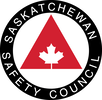
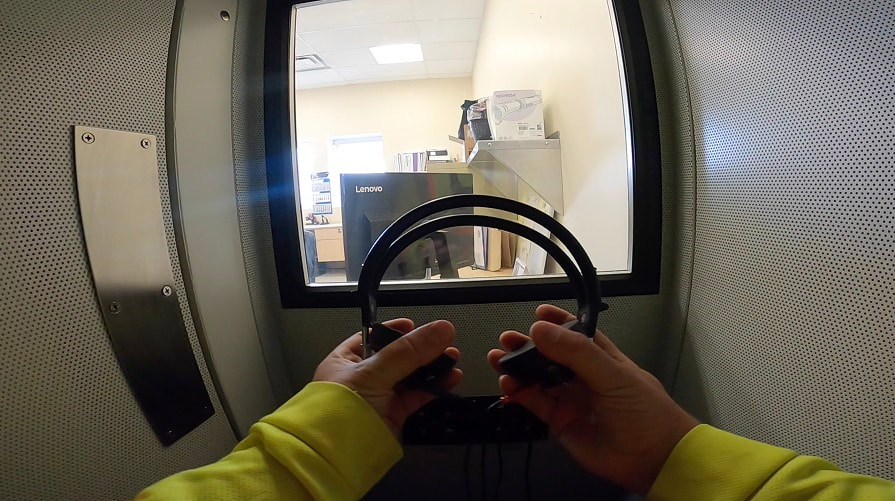
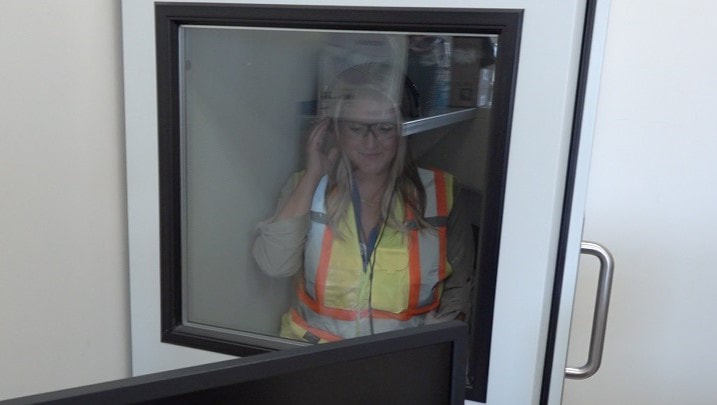
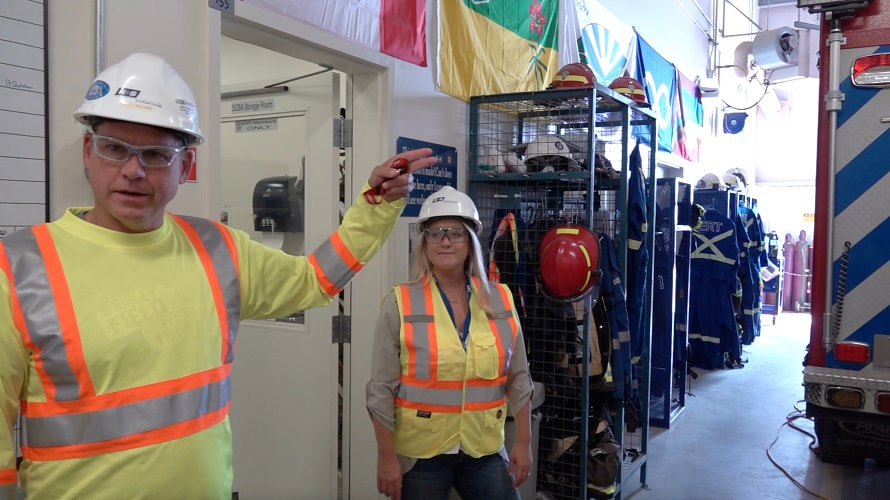

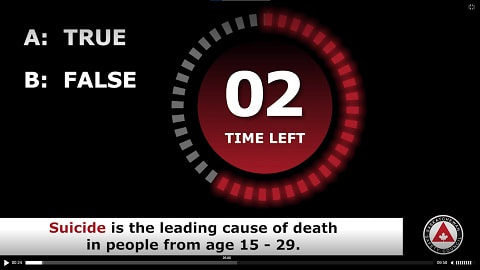

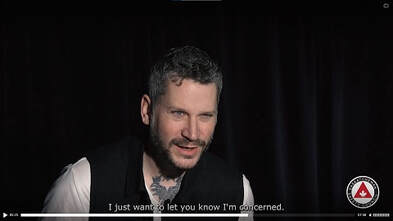
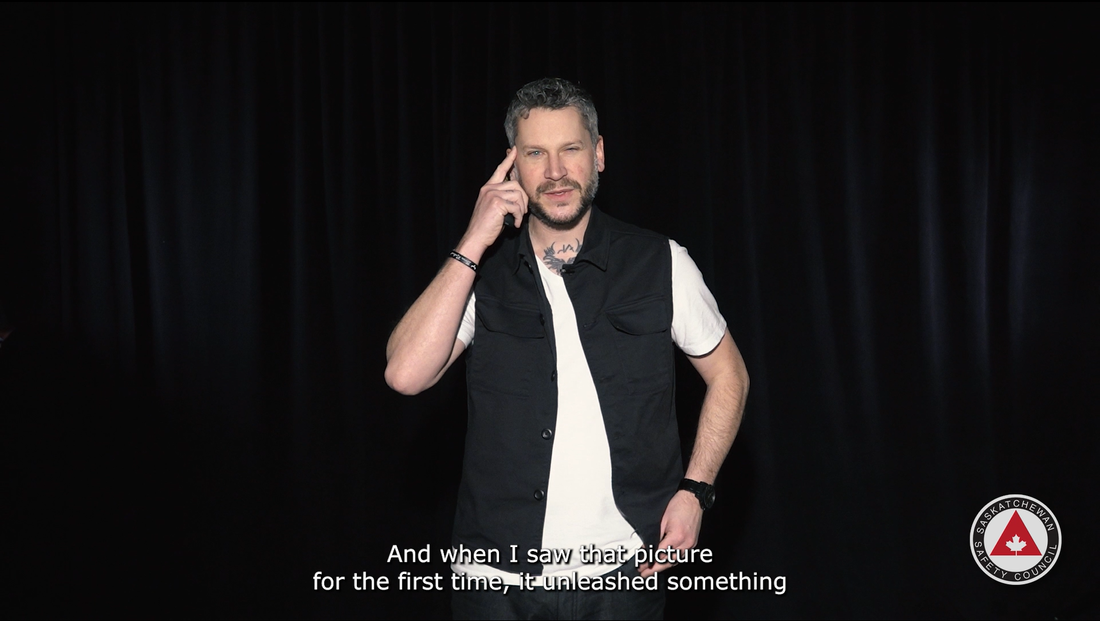
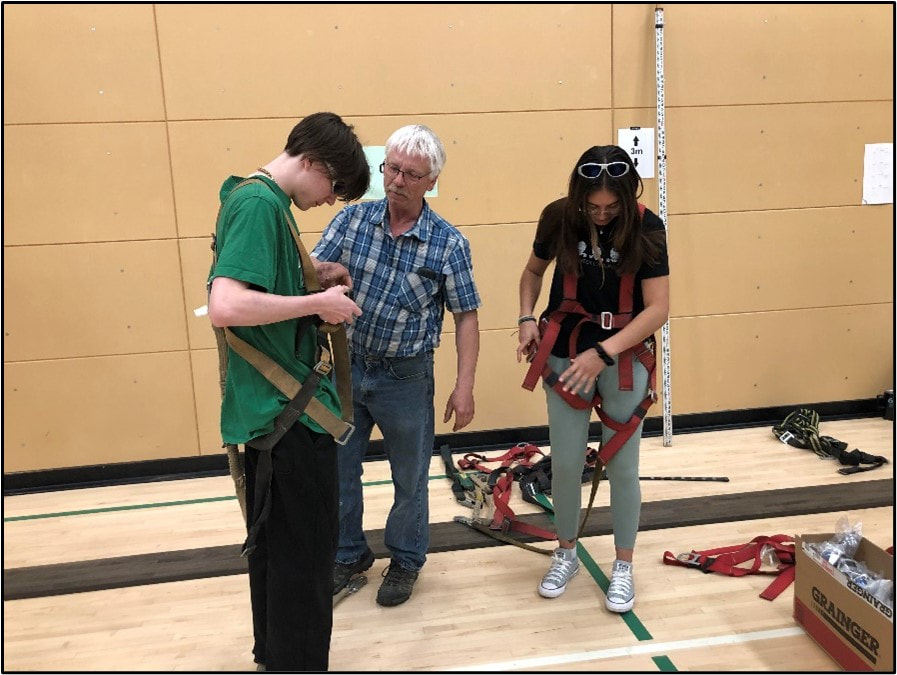
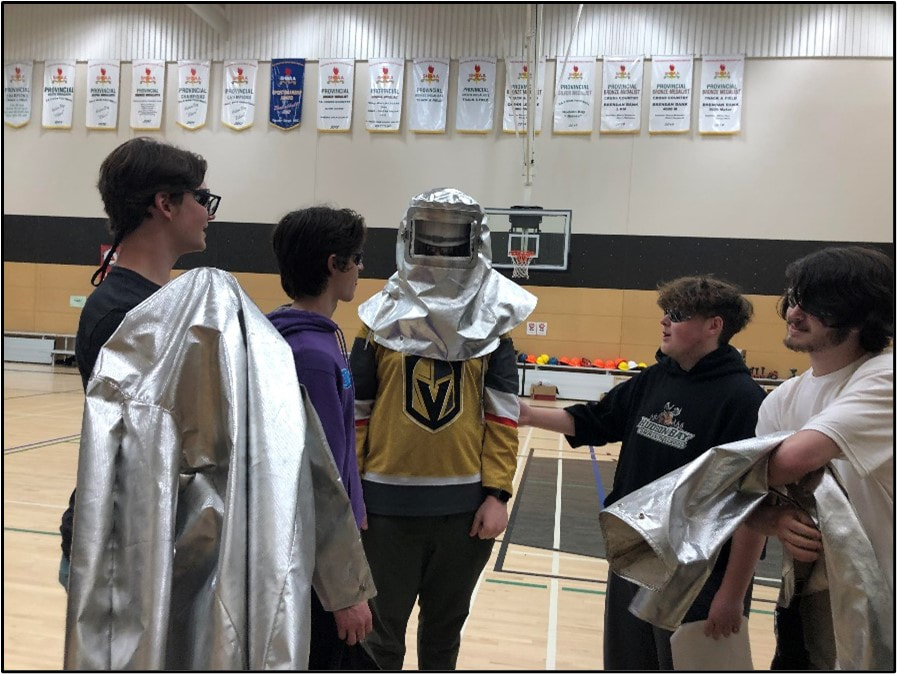
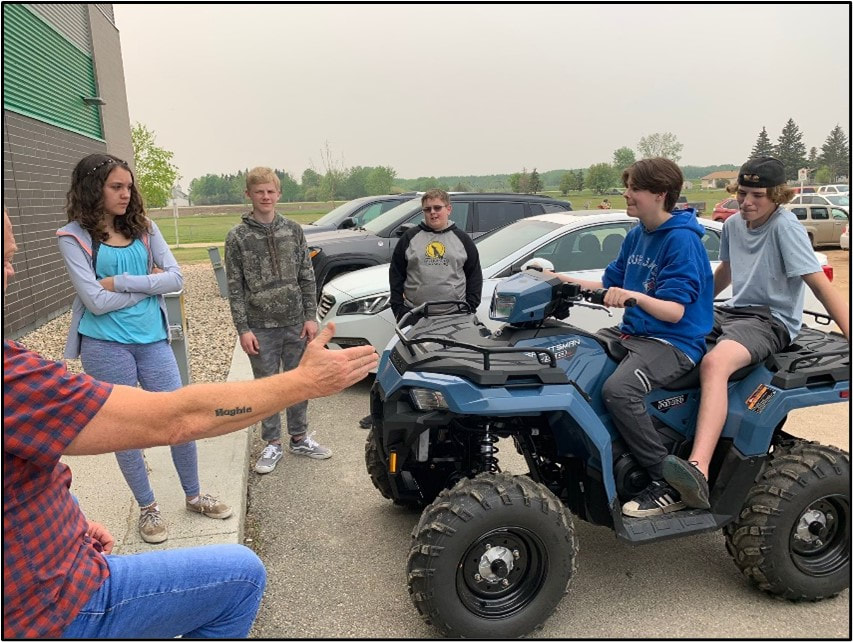
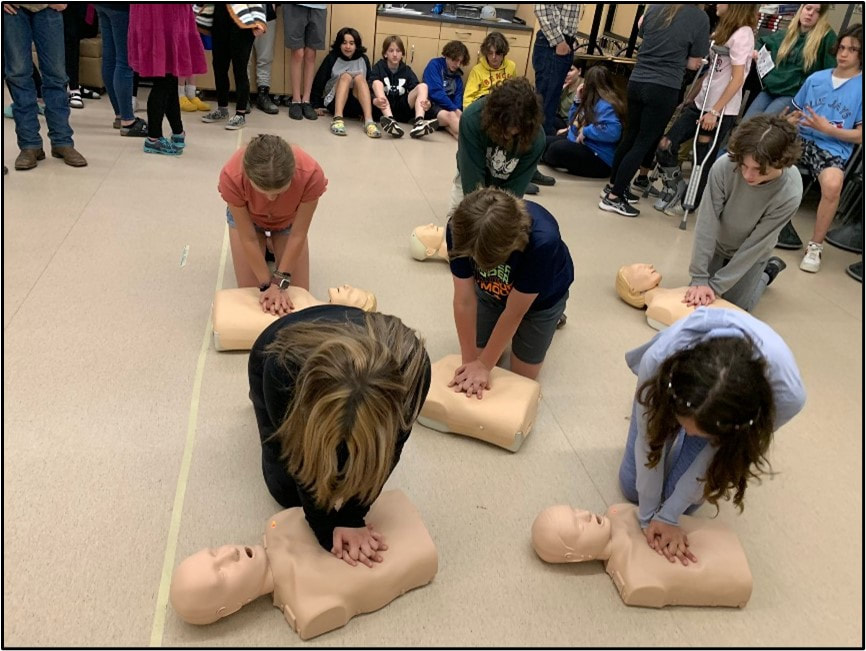

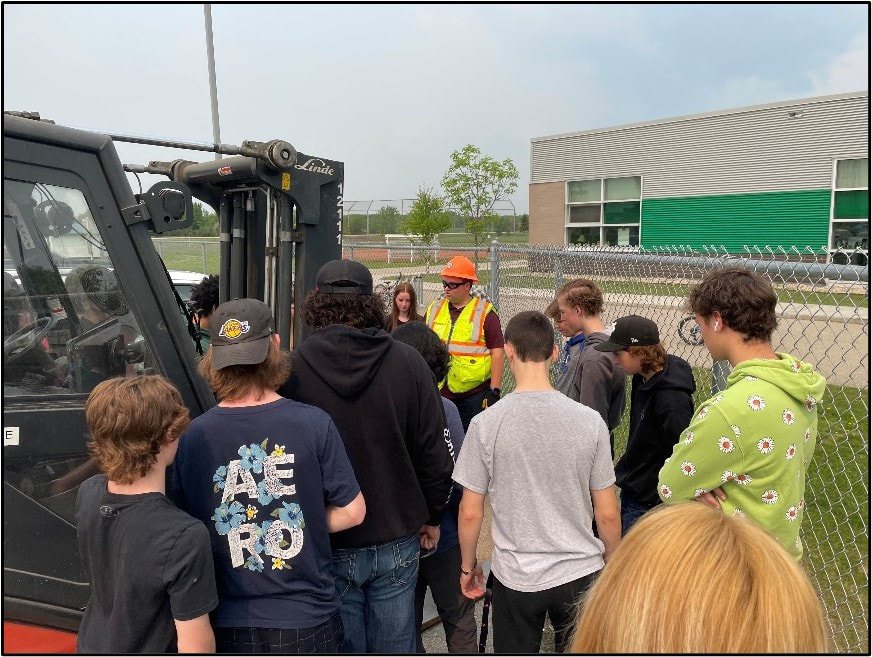
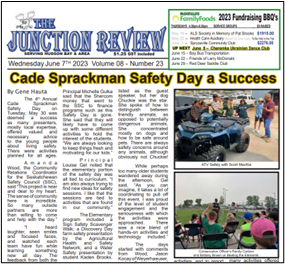
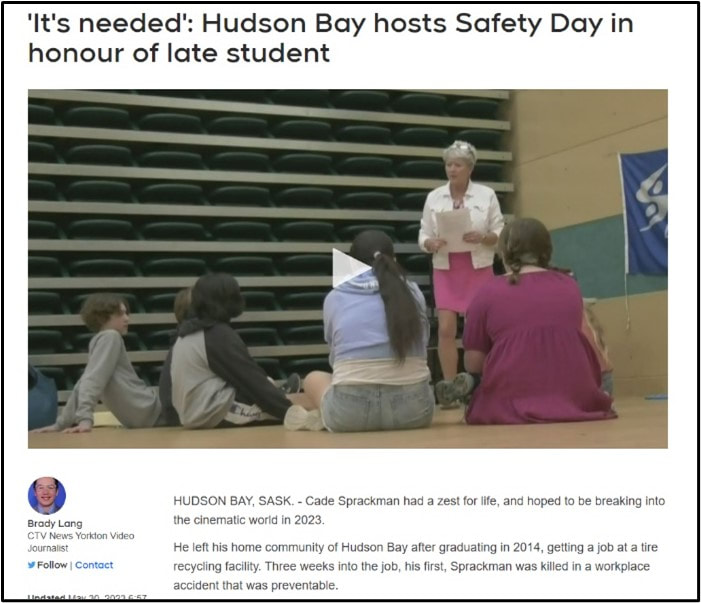
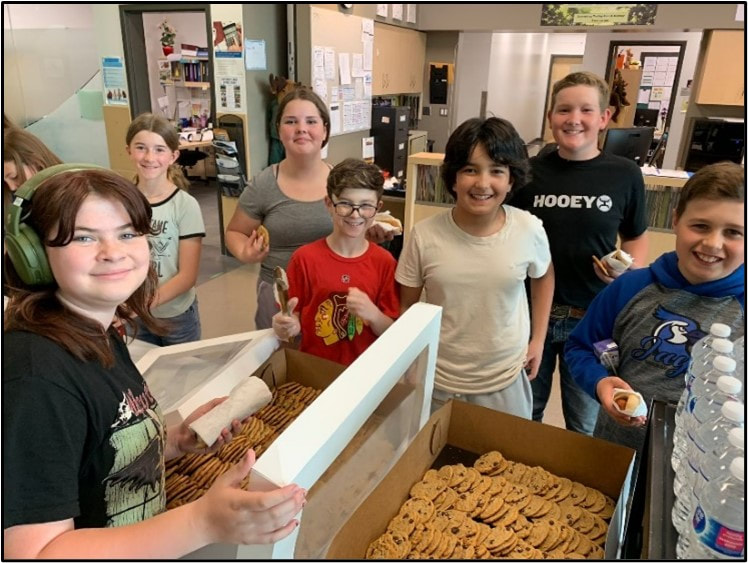
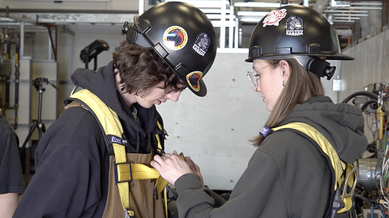
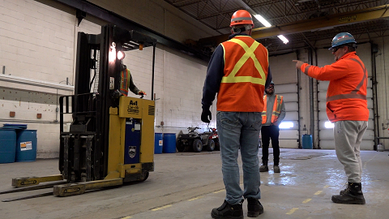
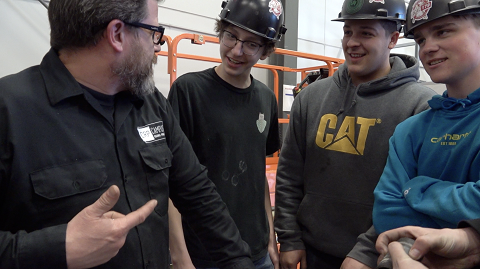
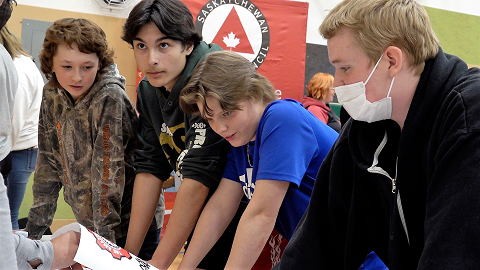
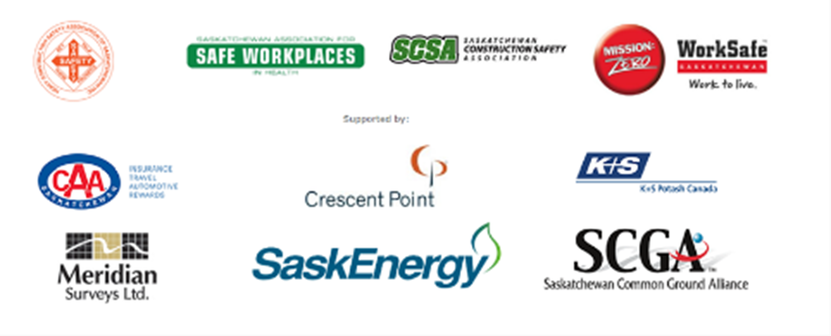

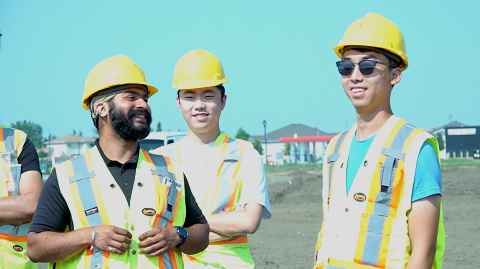
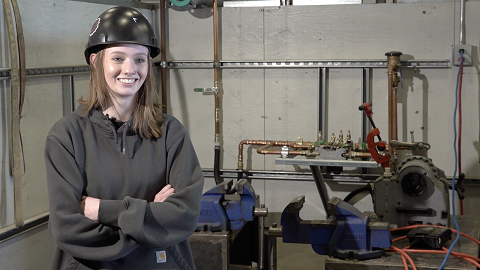

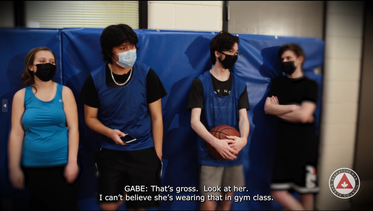
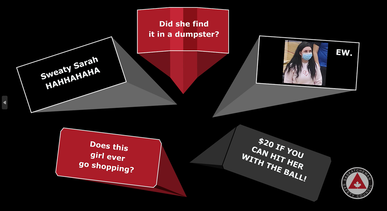
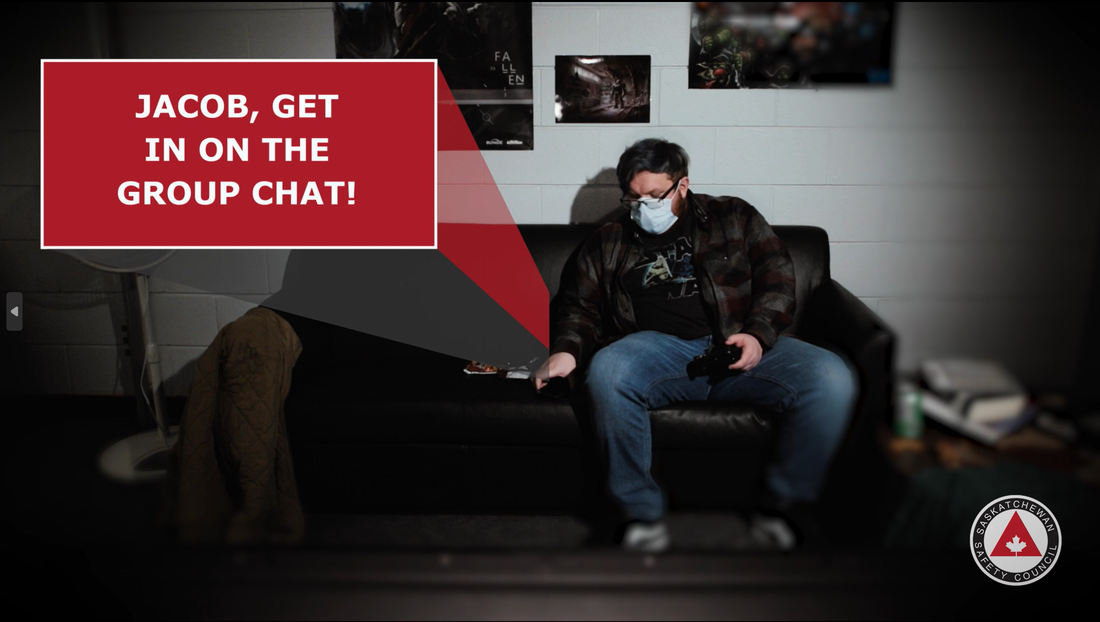

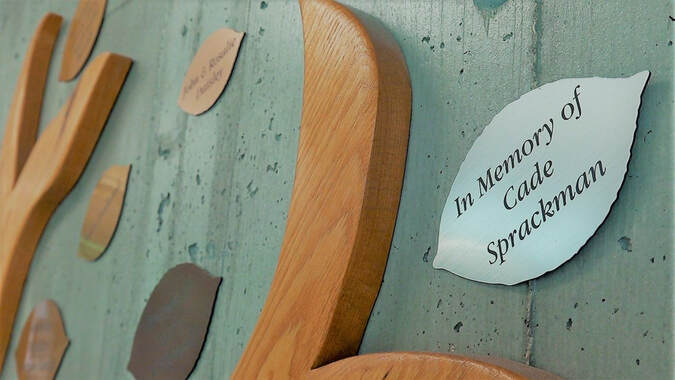
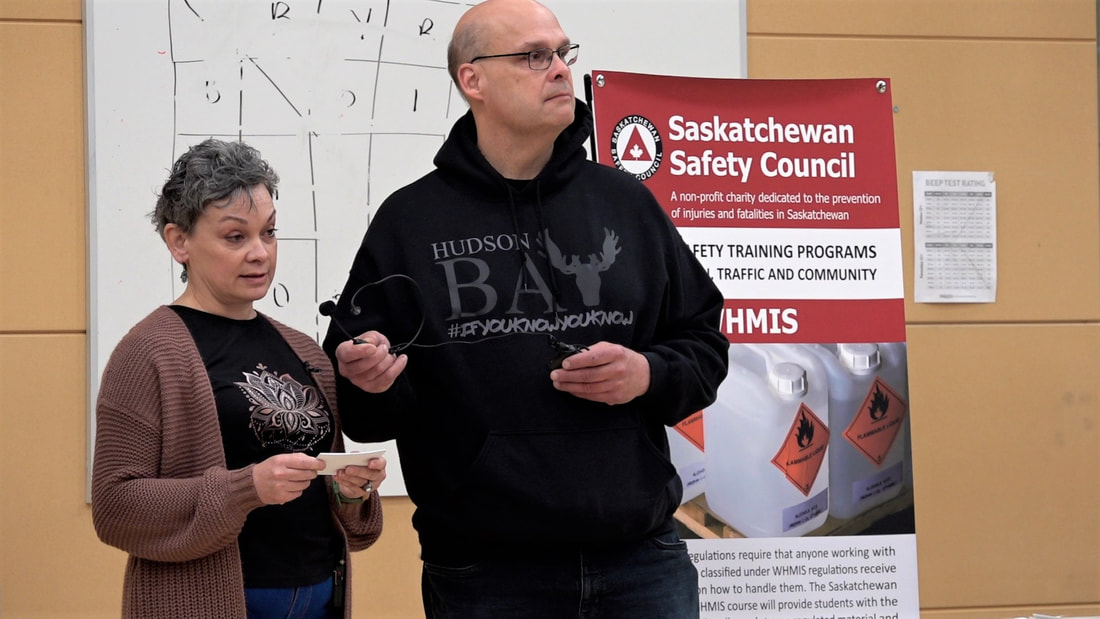
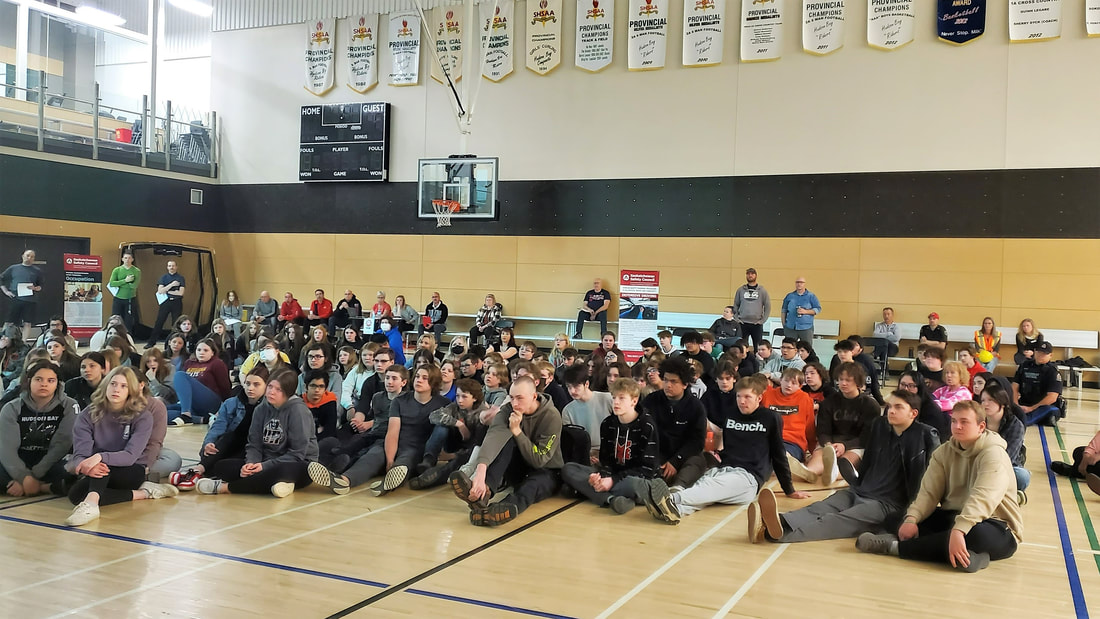
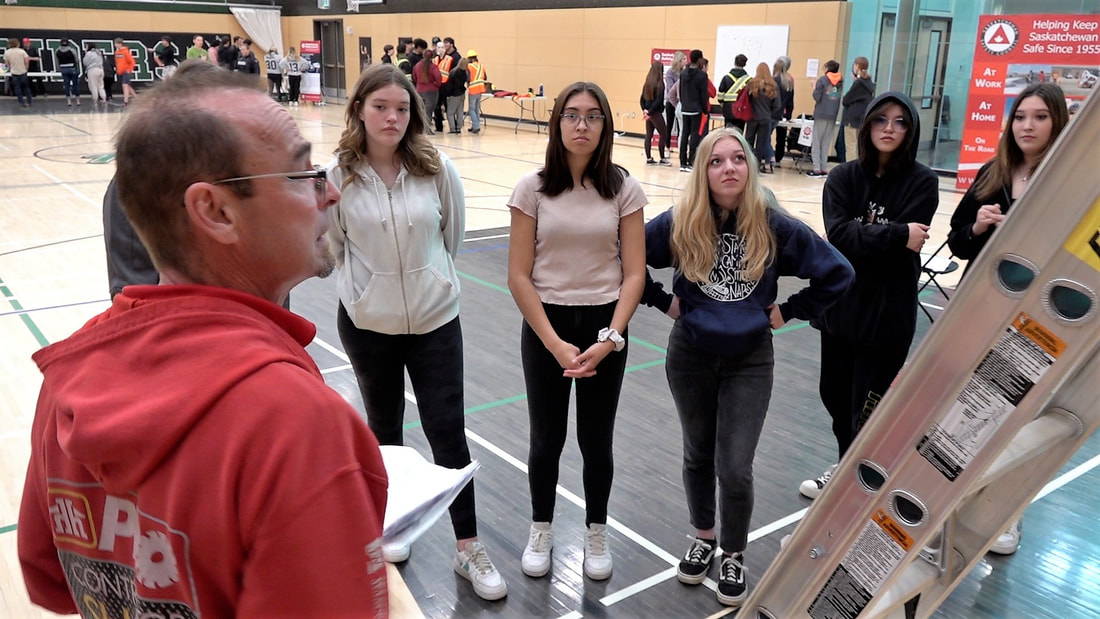
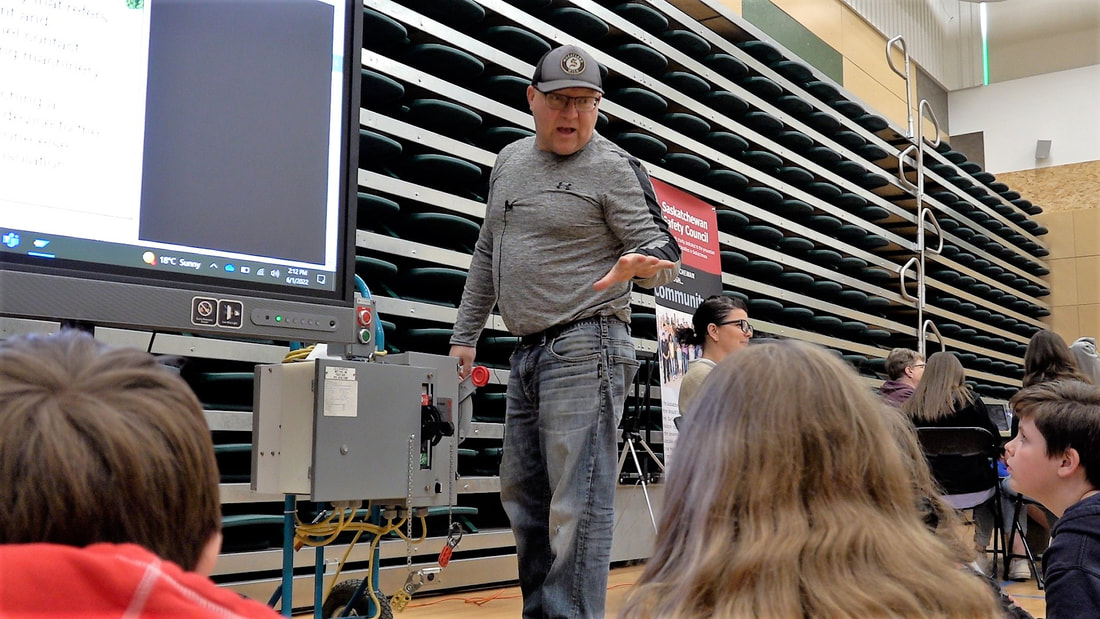
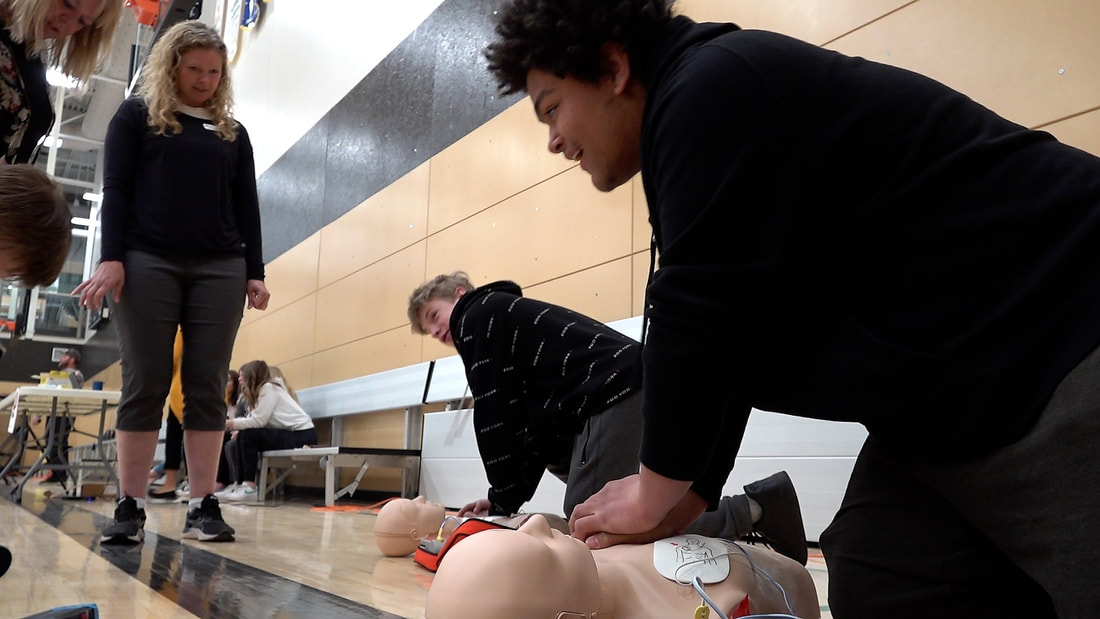
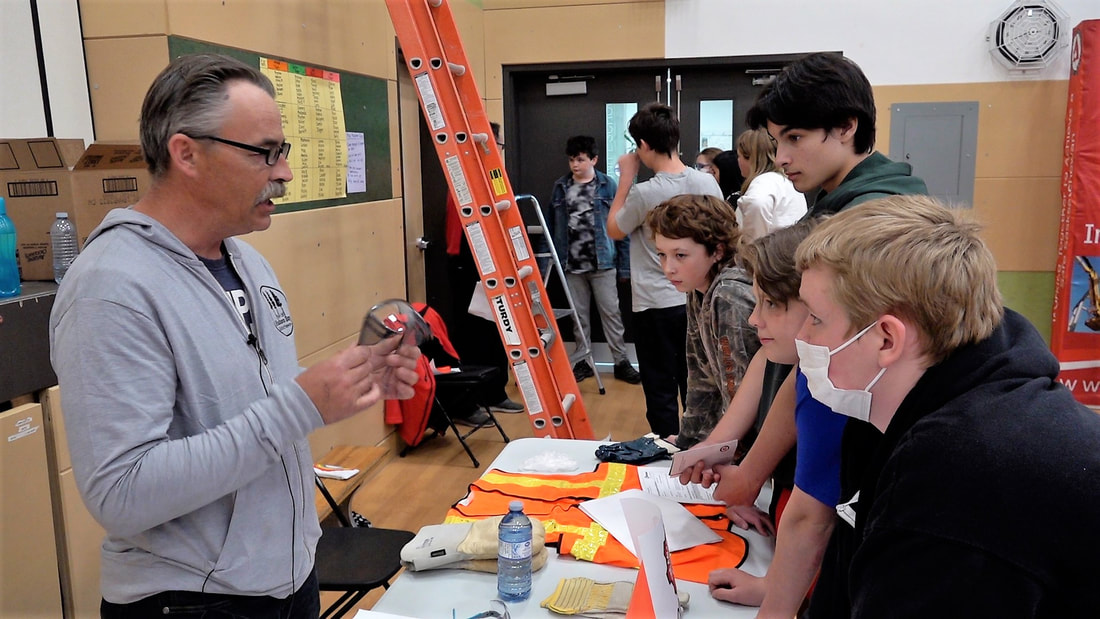
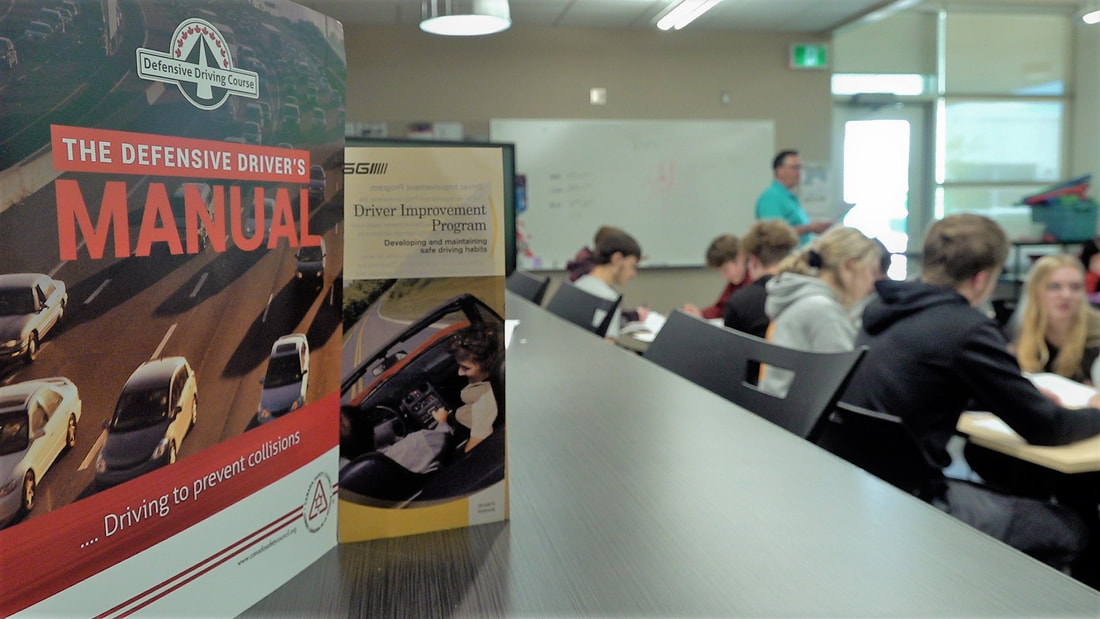

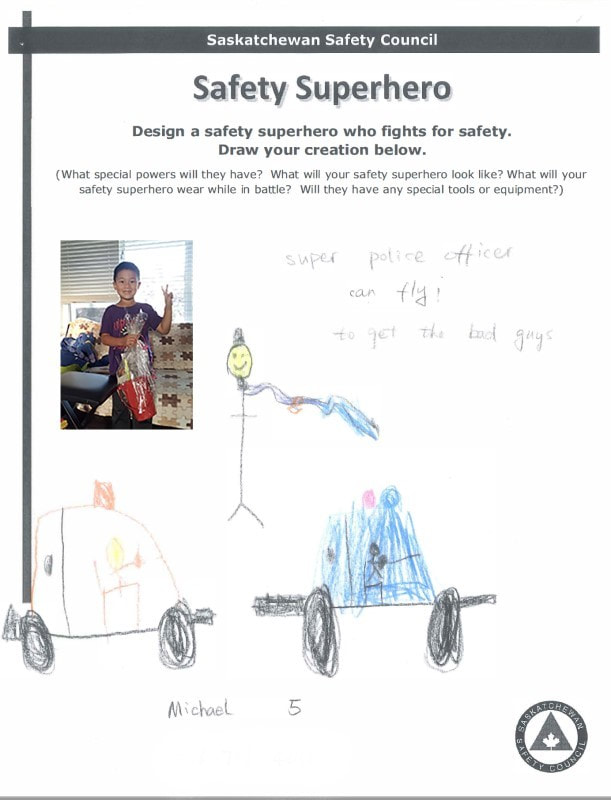
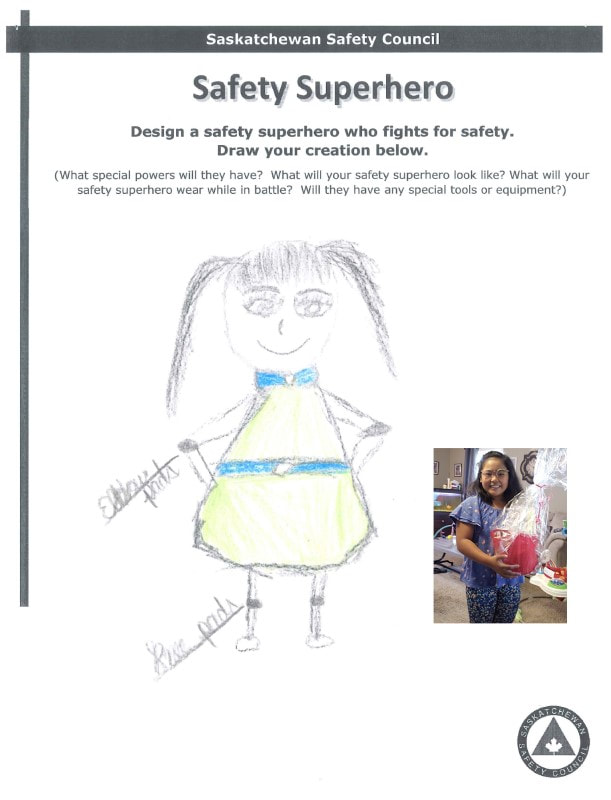
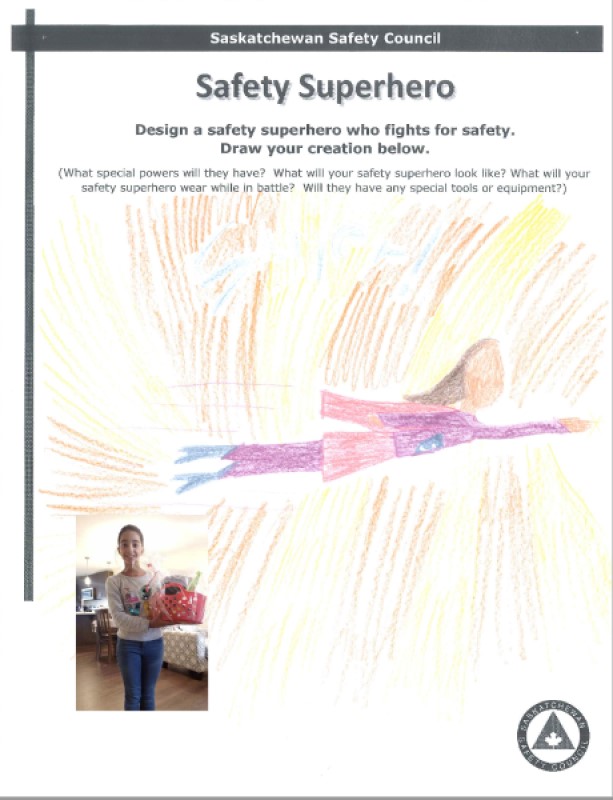

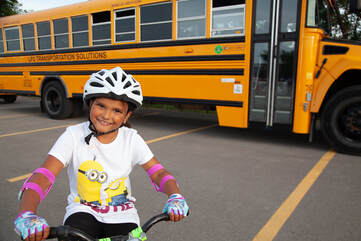
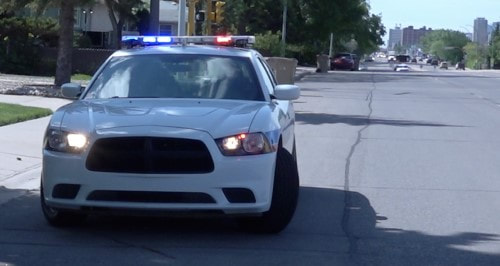
 RSS Feed
RSS Feed
